Actinic Cheilitis
Definition: Actinic cheilitis, sometimes known as “farmer’s lip” or “sailor’s lip,” is a precancerous condition related to cumulative lifetime sun exposure. Essentially it is a burn and a variant of actinic keratosis which occurs on the lip. It is a premalignant condition, as it can develop into squamous cell carcinoma (a type of mouth cancer).
The condition itself is not considered a serious health concern, but it increases the risk of skin cancer.
Most people with actinic cheilitis develop similar symptoms. About 90 percent of cases involve the lower lip, although the condition can also develop on the upper lip.
Actinic cheilitis (AC) most often appears in people over 40 and is more common in men than women. People who spend a lot of time in the sun are most likely to develop AC.
Causes, Sign, and Symptom of Actinic Cheilitis: Actinic Cheilitis (AC) is caused by long-term sun exposure. For most people, it takes years of intense sun exposure to cause AC. AC is significantly more common in men, the elderly, and fair-skinned individuals. There is also a strong association with tobacco use.

Risk factors include:
- Outdoor lifestyle: e.g. farmers, sailors, fishermen, windsurfers, mountaineers, golfers, etc. This has given rise to synonyms for this condition such as “sailor’s lip” and “farmer’s lip”.
- Chronic sun exposure: The more often the lips are exposed to sunlight, the more likely damage is to occur.
- Light skin complexion: the condition typically affects individuals with lighter skin tones, particularly Caucasians living in tropical regions. In one report, 96% of persons with AC had phenotype II according to the Fitzpatrick scale.
- Age: AC typically affects older individuals, and rarely those under the age of 45.
- Gender: the condition affects males more commonly than females. Sometimes this ratio is reported as high as 10:1.
- Tropical, subtropical, or desert environments: Regions near the equator have increased ultraviolet exposure. Tropical and desert regions also typically have more sunny, warm days that encourage being outdoors.
- Smoking: Smoking or chewing tobacco can weaken the lip epithelium and make it more vulnerable to sun damage.
- Immune disorders or immunosuppressing medications: Medications that weaken and suppress the immune system usually increase the risk of sun damage.
Additional factors may also play a role, including tobacco use, lip irritation, poor oral hygiene, and ill-fitting dentures.
Actinic Cheilitis (AC) almost always affects the lower lip and only rarely the upper lip, probably because the lower lip is more exposed to the sun. In the unusual cases reported where it affects the upper lip, this may be due to upper lip prominence. The commissures (corners of the mouth) are not usually involved.
In more advanced AC, the patches might look scaly and feel like sandpaper. People might also notice that the line between their lower lip and skin becomes less clear. These discolored or scaly patches of skin are almost always painless. Persistent redness, scaliness, and chapping are among the symptoms noted. Erosions and cracks (fissures) may be present as well.
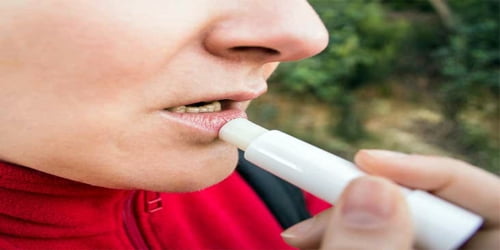
Diagnosis, Treatment, and Prevention of Actinic Cheilitis: Actinic cheilitis will require a skin biopsy. This procedure involves removing cells from the affected area for microscopic examination.
Characteristics commonly used to diagnose or confirm the condition include:
- skin dysplasia also called abnormal skin cell growth
- inflammation in the dermis or the layer of skin tissue just below the top layer
- loss of skin elasticity
- skin thickening, usually in patches
- atrophy, also known as cell shrinkage, causing the skin to appear wrinkled
There are several ways for a doctor to surgically remove AC. One is cryotherapy, in which the doctor freezes the AC patch by coating it in liquid nitrogen. This causes the affected skin to blister and peel off, and allow new skin to form. Cryotherapy is the most common treatment for AC.
AC can also be removed through electrosurgery. In this procedure, the doctor destroys the AC tissue using an electric current. Electrosurgery requires a local anesthetic.
Medications that go directly on the skin, such as fluorouracil (Efudex, Carac), treat AC by killing the cells in the area the medication is applied to without affecting normal skin. These medications are usually prescribed for two to three weeks and can have side effects such as pain, burning, and swelling.
To prevent AC from developing, protective measures could be undertaken such as avoiding mid-day sun, or use of a broad-brimmed hat, lip balm with anti UVA and UVB ingredients (e.g. para-aminobenzoic acid), or sun blocking agents (e.g. zinc oxide, titanium oxide) prior to sun exposure.
Information Source:
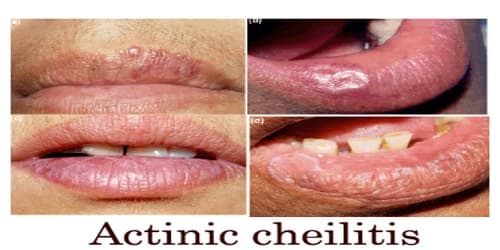
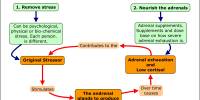

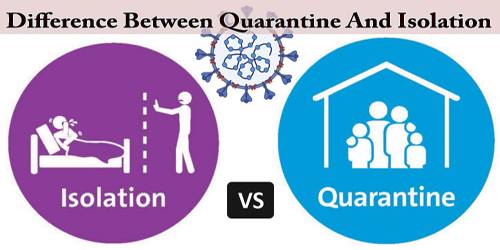

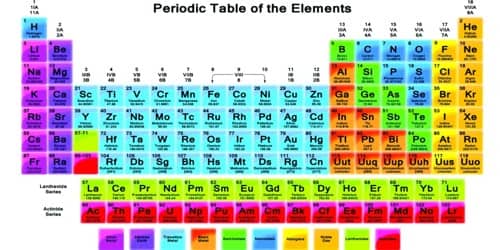

![Report on Primary School Dropouts The Reasons Behind an Anthropological Investigation [part-2]](https://assignmentpoint.com/wp-content/uploads/2013/04/images-8-110x55.jpg)








